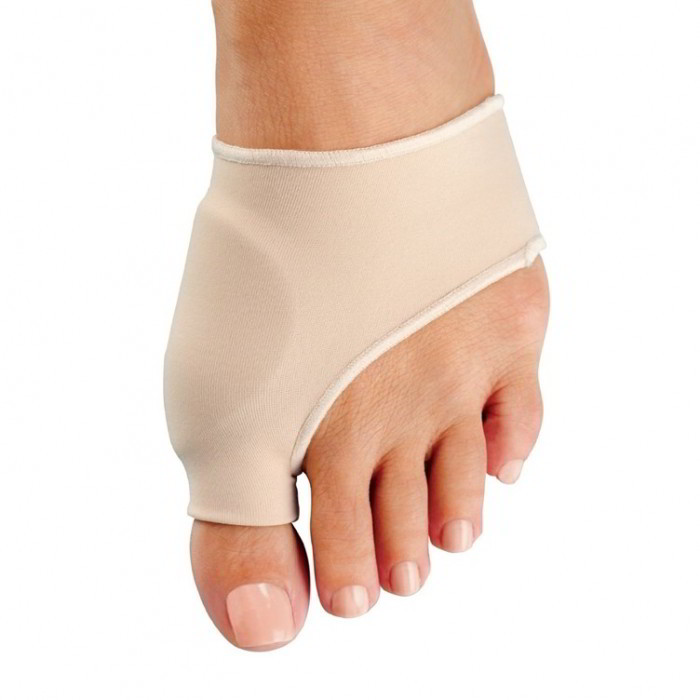A bunion is a thickened swelling at the base of the big toe. It’s traditionally resulting from minor bone deformity (hallux valgus) when the joint at the base of the big toe projects outwards, pushing the point of the toe to turn inwards towards the other toes.
This causes a thickening of the soft tissue (bursitis) and a bony overgrowth at the base of the big toe, which frequently becomes inflamed and painful, making walking difficult. The cause of hallux valgus is multifactorial, that’s, as a result of variety of causes. As an effect of pressure on the deformity, the surrounding tissues thicken. The lump resulting from mixture of the bony deformity and the thickened soft tissue is called a bunion.
What Causes It?
- The state is common in young women as an effect of wearing shoes that are too tight or pointed, particularly those who have high heels. When the big toe joint is overstrained it produces a pillow of fluid that’s held in a sac (a bursa) that encompasses the joint of the big toe.
- In infrequent instances, the continuous friction of tight shoes on the skin over a bunion may cause an abrasion and result in a bacterial disease.
- Individuals that have diabetes mellitus are particularly susceptible to issues including bunions due to reduced sensation in their own feet and skin that will recover more slowly.
What Is The Treatment?
Without consideration, a bunion may slowly worsen. Pain may be relieved by wearing comfortable shoes with good cushioning and a special toe pad or corrective sock that straightens the big toe. Nevertheless, if a bunion is causing serious distress, your doctor may suggest surgery to correct the inherent deformity by realigning the bone.
If the bunion becomes infected with bacteria, your physician will prescribe antibiotics.
Self-help
Rest the feet whenever possible. Don’t wear high-heeled shoes or ill-fitting shoes; go for broad shoes with low heels.
Operation
If the bunion is exceptionally serious and the feet become quite deformed, it’s possible to have operative treatment from an orthopaedic surgeon. The treatment includes fully excising the inflamed bursa and the joint. In doing so, the orthopaedic surgeon repairs the joint, thus while it’s going to be totally painless it’s going to be rigid and immovable. This will not mean that you aren’t able to walk correctly, you’ll, however you will not have the capacity to stand on your own toes.
How Can It Be Prevented?
A bunion just sorts when the joint of the big toe is overstrained. Prevention is thus not to overstrain the big toe by not wearing high- heeled shoes for long intervals and by not wearing ill-fitting shoes, socks or tights.
Treatment – Bunion Operation
Operation to treat a bunion is geared toward correcting the underlying deformity of the bone, known as hallux valgus. One common kind of surgical procedure used to treat a bunion includes reshaping and realigning the deformed bone (the first metatarsal bone) at the base of the big toe.
During the procedure the protruding part of the bone is cut away and a V-shaped cut is made in the lower part of the bone. This permits the bone to slip sideways and become realigned. Sometimes a temporary wire or a long-lasting screw may be inserted into the bone. To support the toe, the foot is set in a bandage or plaster that must stay in place for about six weeks.
The procedure is performed under general anaesthetic and may need a short stay in hospital. Crutches or a stick are needed for the interval during which the foot is bandaged, but regular walking can generally be restarted about six weeks after operation.


 (49 votes, average: 4.59 out of 5)
(49 votes, average: 4.59 out of 5)